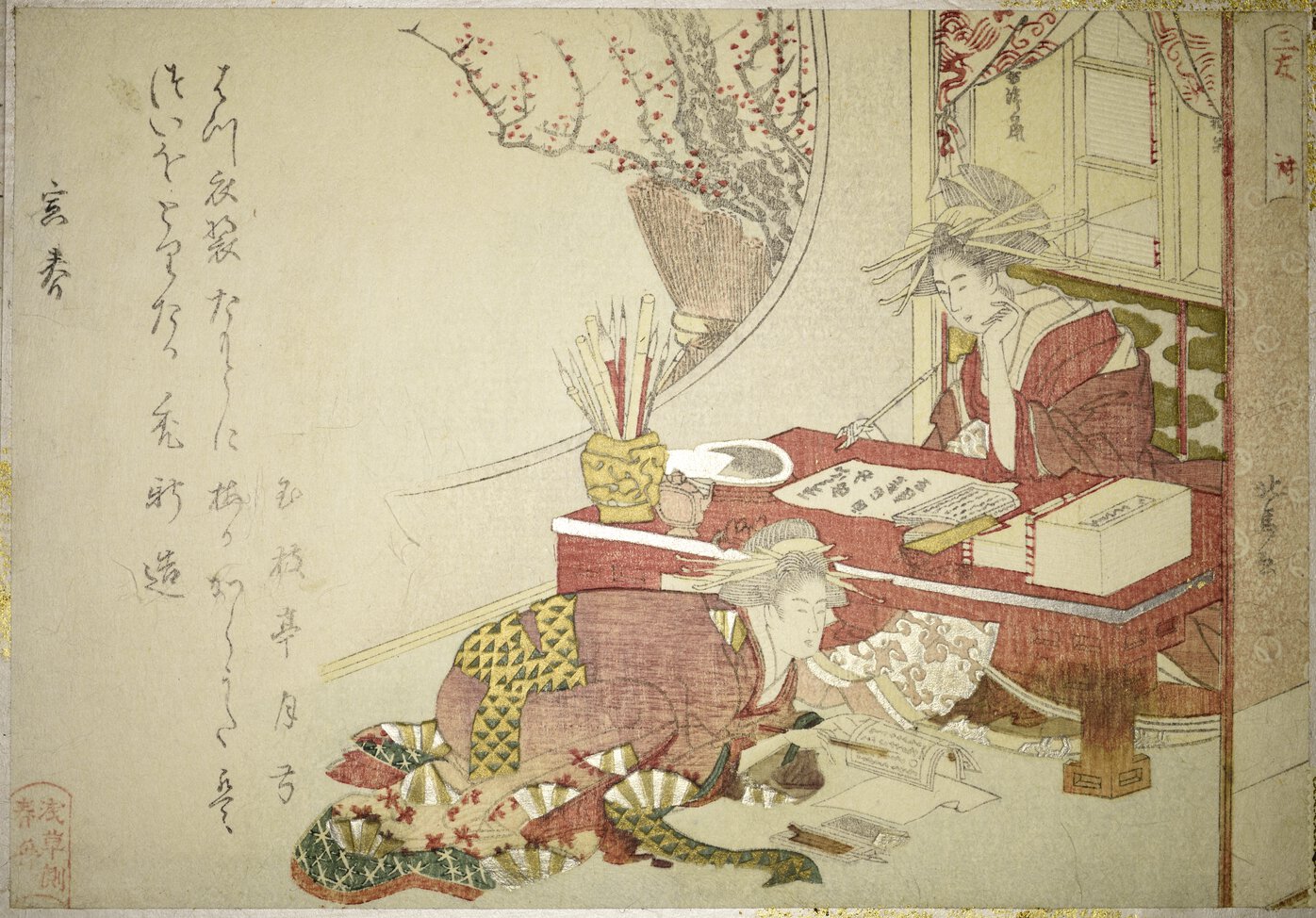Overview
The following annotated sources are used in the essay “Representing Indigenous Perspectives on Missionary Education in Victorian Periodicals,” published by One More Voice (OMV) and COVE in association with the “BIPOC Voices in the Victorian Periodical Press” (henceforth “BIPOC Voices”) project. These sources represent a few of the pertinent and valuable essays, chapters, and articles that informed the essay by giving insight into British Victorian periodical press purposes and audiences as well as colonial mission work. The sources have been chosen for this annotated bibliography because they were crucial to forming the scholarly lens for the essay. In particular, some of these sources give insight into specific geographical and cultural areas and their involvement with missionaries. Others provide wider scopes of general missionary aims and purposes, including missionary publications.
Annotated Bibliography
- Ballantyne, Tony. 2018. “Entangled Mobilities: Missions, Māori and the Reshaping of Te Ao Hurihuri.” In Indigenous Mobilities, edited by Rachel Standfield, 115–44. Across and Beyond the Antipodes. ANU Press.
Ballantyne focuses on New Zealand and missionary interactions with the Māori people. He notes that the missionaries were respectful (or at least tried to be respectful) of Māori life as they attempted to cooperate with the New Zealand indigenous people to build a settlement/outpost. Overall, the Māori people and the missionaries collaborated with each other more so than against, even though not all the different tribes of the Māori people were always appeased.
Ballantyne attempts to offer a mostly balanced perspective on missionary efforts in New Zealand by showing the positive and negative aspects of their work. This geographically-specialized and in-depth information is well-researched and organized in a way that provides clarity and historical background to New Zealand colonial missionary texts.
- Bellenoit, Hayden J. A. 2007. “Missionary Education, Religion and Knowledge in India, c.1880-1915.” Modern Asian Studies 41 (2): 369–94.
Bellenoit discusses the missionary education system in India and spends much of the essay refuting the idea that missionary education was truly only about Christ and conversion. He mentions that although the Indian Department of Education approved missionary schools, many families took their children out of missionary schools as soon as there was the possibility of their child converting to Christianity. This created a challenging situation for Christian missionaries who deeply desired to convert indigenous people but knew that even one conversion caused the rest of their students to pull out of school.
To provide evidence for his statements, Bellenoit mentions and describes how particular indigenous people from the area as well as specific Indian schools impacted British colonial missions. In doing so, he synthesizes sources like those that OMV has encoded through “BIPOC Voices” to document indigenous opinions and thoughts.
- Cason, Maidel. 1981. “A Survey of African Material in the Libraries and Archives of Protestant Missionary Societies in England.” History in Africa 8: 277–307.
Although an older piece, Cason's work gives a starting point for research on African missionary scholarship by first providing insight into missionary societies as a whole, and then briefly focusing on each of the Protestant societies that had missionary efforts in Africa. In this more pointed focus, Cason provides names of publications, the years for the publications, the locations the missionaries went in Africa, and other information about the societies, including the location of their archives (as of 1981). It is important to note that many of the archives, such as the Church Missionary Society, have since changed where they house their historical records.
Cason compiles information about all the African colonial missionary societies specifically as a resource for scholarship. Her essay thus provides readers with cursory information about specific societies as a way to start further research.
- Jensz, Felicity, and Hanna Acke. 2013. “The Form and Function of Nineteenth-Century Missionary Periodicals: Introduction.” Church History 82 (2): 368–73.
Jenz and Acke give a concise yet thorough overview of nineteenth-century missionary periodicals and the purpose and motivations behind editing and publishing them. The lens provided through this article offers one important approach for interpreting and understanding missionary periodicals in a contemporary scholarly sense, one that looks beyond the surface of the text and into the motivations of the editors and publishers.
In particular, the two authors focus their research on the ulterior motives of missionary journals. As such, these authors provide a lens for reading and analyzing texts like those that OMV has encoded through “BIPOC Voices.”
- Wild-Wood, Emma. 2021. “The Interpretations, Problems and Possibilities of Missionary Sources in the History of Christianity in Africa.” In World Christianity: Methodological Considerations, edited by Martha Frederiks and Dorottya Nagy, 92–112. Methodological Considerations. Brill.
Wild-Wood focuses mostly on African missions in this chapter but does include much about how to interpret missionary papers and recordings. The chapter also discusses how triangulating original documents with the published version of those documents could reveal the actual voices of the original texts instead of the mediated voices in the publication.
Wild-Wood’s text is unique because it appears in an edited collection that focuses on the methodological considerations of world Christianity and so contibutes to a larger discussion of this faith. The inclusion of this essay in this edited collection gives the information a somewhat Christian-driven approach, but the essay still strives to present the potential issues and successes of colonial missionary endeavors in a balanced scholarly fashion.
